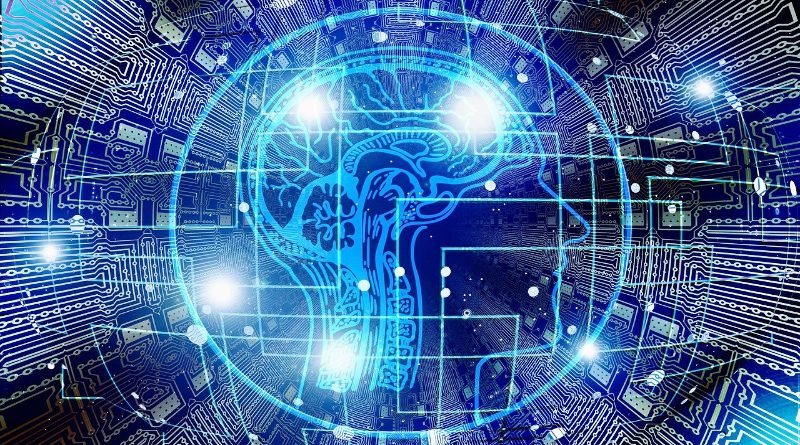What are the Core Building Blocks of Retrieval Augmented Generation (RAG)?
As natural language processing and artificial intelligence continue to evolve, so does the need for more advanced and contextually aware content generation. We briefly touched on this in our post on ‘The Evolution of AI in Voice Generation: Past, Present, and Future Trends,’ which highlighted the ever-increasing requirement for more context-aware AI models. Such demand has led to the development of newer architectures, and one of these is retrieval-augmented generation (RAG).
RAG stands out as a promising framework that blends the power of pre-trained language models with the richness of external knowledge sources. In this article, it will aim to expand on the core building blocks behind this technology, shedding light on the intricate mechanisms that drive its functionality.
At the heart of RAG lies a synergy of three foundational components:
1. Pre-trained Language Models (LLMs)
Central to the RAG architecture is the use of pre-trained language models. These models are trained on large volumes of text data and develop the ability to understand and generate human-like text. From OpenAI’s GPT series to Google’s BERT, these LLMs have revolutionized various natural language processing tasks, including text generation, summarization, and question answering.
In the context of RAG, the pre-trained LLM serves as the creative engine. A guide on ‘What is Retrieval Augmented Generation (RAG)?’ on MongoDB notes that it is responsible for generating text, images, audio, or video based on input prompts and contextual cues. These models exhibit fluency and coherence in their outputs by leveraging the knowledge encoded within their parameters. They can imitate human-like language generation with striking fidelity.
2. Vector Search (Semantic Search)
Complementing the capabilities of pre-trained LLMs is the integration of vector search, also known as semantic search. Unlike traditional keyword-based search methods, which rely on exact matches, vector search operates on the principle of semantic similarity. The post ‘A Simple Guide To Retrieval Augmented Generation Language Models’ by Smashing Magazine notes that it enables the retrieval of relevant information based on underlying meaning rather than lexical overlap.
Vector search entails the transformation of textual data into high-dimensional numerical representations known as embeddings. These embeddings capture the semantic nuances of the text, encoding its underlying meaning into a compact numerical form. By deploying techniques such as cosine similarity and approximate nearest neighbor search, vector search enables efficient retrieval of contextually relevant information from external knowledge bases.
Integrating vector search within the RAG architecture empowers the system to augment its generated content with rich, contextually appropriate information sourced from diverse knowledge repositories. Some examples are encyclopedic articles, scientific papers, or user-generated content. This ability to seamlessly access and incorporate external knowledge elevates the quality and relevance of the generated output.
3. Orchestration (Fusion Mechanism)
The final core building block of RAG is the orchestration mechanism. It is responsible for harmonizing the outputs of the pre-trained LLM and the retrieved information from vector search. Often referred to as the fusion mechanism, orchestration entails the integration of disparate sources of information. An introduction on ‘What is Retrieval Augmented Generation?’ by DataStax calls this process the “linchpin of the RAG architecture” due to its importance. Its primary purpose is to generate a cohesive and contextually informed output.
At its core, orchestration involves the strategic blending of generated content with relevant excerpts from the retrieved knowledge base. This fusion of internal creativity with external context ensures that the generated output is not only fluent and coherent but also enriched with factual accuracy and contextual relevance.
The orchestration process may encompass various strategies, ranging from simple concatenation of text segments to more sophisticated approaches such as content selection and rewriting. Regardless of the specific technique employed, the overarching goal remains consistent: to produce output that seamlessly integrates the creativity of the LLM with the informative depth of external knowledge sources.
In summary, Retrieval-Augmented Generation (RAG) represents a big step forward in content generation. It leverages a synergistic fusion of pre-trained language models, vector search, and orchestration mechanisms. By maximizing the complementary strengths of these core building blocks, RAG transcends the limitations of traditional text generation. It paves the way toward more contextually aware and information-rich content creation.
To learn more about AI and similar topics, browse other posts in the Technology section here on DigitalGlobalTimes.
Also visit Digital Global Times for more quality informative content.

